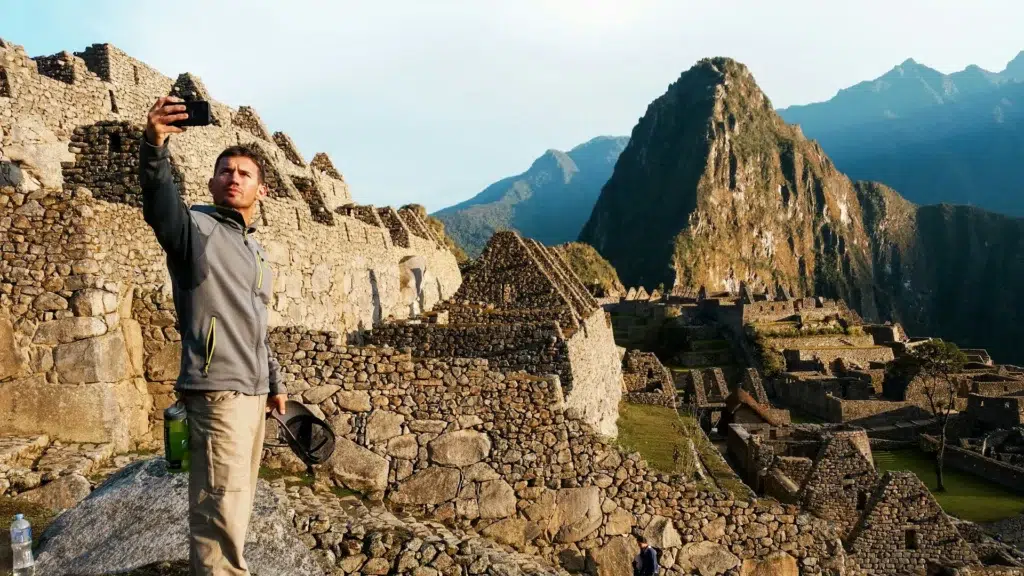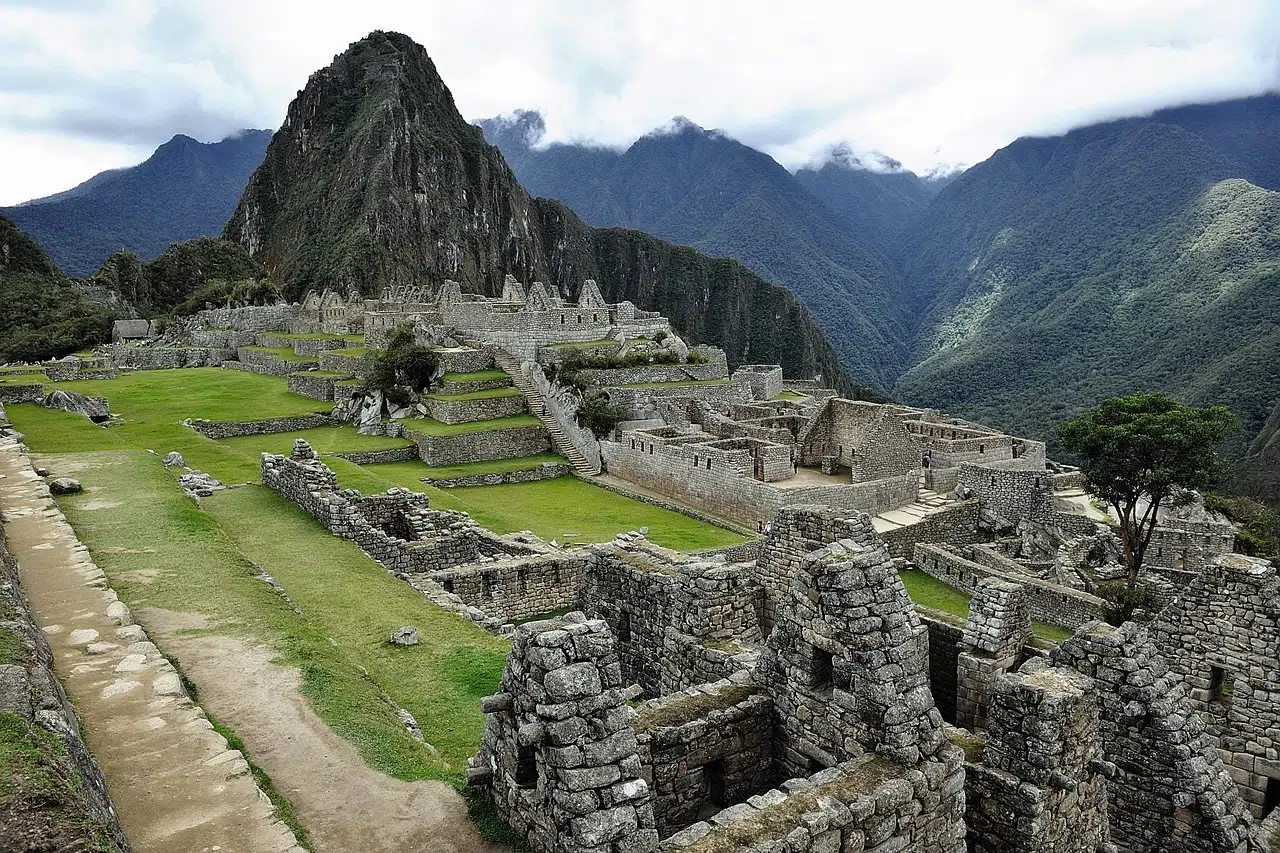I’ll never forget the sinking feeling when I discovered that Inca Trail permits for my dream dates were already sold out—six months in advance. As I frantically refreshed permit calendars and emailed tour operators, I realized how little I truly understood about the process. After navigating the system (and finally securing a last-minute spot!), I’m sharing everything I learned to help you avoid my mistakes.
In this guide, I’ll walk you through the realities of Inca Trail permits—not just the dry logistics, but the insider strategies, hidden costs, and alternatives that most articles don’t mention. Whether you’re planning for 2025 or beyond, here’s how to outsmart the system and secure your trek.
The Inca Trail to Machu Picchu is a bucket-list adventure for many travelers, but securing a permit can feel like a daunting task. With only 500 permits issued per day (including trekkers, guides, and porters), competition is fierce, especially during the high season. In this article, we’ll dive deep into everything you need to know about Inca Trail permits, including availability, how to book, and why planning ahead is absolutely essential.
Why Are Inca Trail Permits So Complicated?
A. The 500-Person Daily Limit
- Only 500 permits are issued daily, including 200 for tourists and 300 for guides/porters.
- My shock: Even in shoulder seasons, popular dates vanish within hours of release.
B. The “Hidden” Costs
- Permit fee: ~292soles(≈292soles(≈75 USD) per hiker, but tours bundle it with services (avg. 650–650–1,200 USD).
- Budget trap: Cheap operators often exclude Machu Picchu entry fees or porters.
C. The February Closure
- The trail shuts entirely in February for maintenance. No exceptions.
When to Book: The Golden Booking Windows
A. Key Dates for 2025 Permits
- Released: November 2024 (book immediately for April–August).
- Peak season (May–Sept): Book 6–12 months ahead.
- Off-season (Nov–March): 1–3 months ahead suffices (except Christmas).
My near-miss: I snagged a June permit by booking 8 months early—friends who waited 5 months got shut out.
B. Last-Minute Permits (Yes, It’s Possible!)
- How: Cancellations free up spots 2–3 days before departures.
- Risk: Flights/accommodations get pricier.
Permit Pitfalls: What Nobody Tells You
A. Student Discounts Exist (But Are Tricky)
- Requirements: Valid university ID + under 25 + photo match.
- Caution: No card = no hike (seen it happen!).
B. Passport Problems
- Renewing passports? Book with old details, then update later.
- Name changes? Bring marriage certificates as proof.
C. The “Alternative Route” Scam
- Some agencies sell “Inca Trail” treks that skip the actual trail (e.g., train-only). Verify itineraries!
Plan B: What If Permits Sell Out?
A. Top Alternatives
- Salkantay Trek: Harder but stunning (no permit limits).
- Lares Trek: Cultural immersion + hot springs.
- Short Inca Trail (2D/1N): Ideal for time-crunched travelers.
B. The Waitlist Gamble
- Reputable operators (e.g., Alpaca Expeditions) manage waitlists for cancellations.
Additional Information
Why Are Inca Trail Permits So Important?
The Peruvian government strictly regulates access to the Inca Trail to protect its cultural and environmental integrity. This means that permits are mandatory for anyone planning to hike the trail. Without a permit, you won’t be allowed to start the trek, no matter how far you’ve traveled or how much you’ve spent on your trip.
Here’s why permits are such a big deal:
- Limited Availability: Only 200 trekkers (out of the 500 total permits) are allowed on the trail each day. The rest are allocated to guides and porters.
- High Demand: The Inca Trail is one of the most popular treks in the world, attracting thousands of visitors each year.
- Preservation Efforts: Limiting the number of hikers helps protect the trail’s fragile ecosystem and archaeological sites.

When Should You Book Your Inca Trail Permit?
If you’re planning to hike the Inca Trail, book your permit as early as possible. Permits for the high season (May to September) often sell out 6-8 months in advance, and even during the low season (November to March), it’s wise to secure your spot at least 3-4 months ahead.
Here’s a quick breakdown of the booking timeline:
- High Season (May-September): Book 6-8 months in advance.
- Shoulder Season (April, October): Book 4-6 months in advance.
- Low Season (November-March): Book 2-4 months in advance.
How to Book an Inca Trail Permit
Booking an Inca Trail permit can be a bit confusing, especially for first-time travelers. Here’s a step-by-step guide to help you navigate the process:
1. Choose a Reputable Tour Operator
- You cannot book an Inca Trail permit on your own. Permits must be purchased through a licensed tour operator.
- Research companies with good reviews, ethical practices, and transparent pricing. Some of the most recommended operators include Alpaca Expeditions, G Adventures, and Llama Path.
2. Provide Your Personal Information
- To secure your permit, you’ll need to provide:
- Full name (as it appears on your passport)
- Passport number
- Nationality
- Date of birth
- Important: Your permit is non-transferable, so make sure your details are accurate.
3. Pay a Deposit
- Most tour operators require a deposit (usually 30-50% of the total cost) to book your permit. The remaining balance is typically due a few weeks before your trek.
4. Confirm Your Permit
- Once your tour operator secures your permit, they’ll provide you with a confirmation. Double-check all the details to ensure everything is correct.

What Happens If Permits Sell Out?
If permits for your desired dates are sold out, don’t panic! Here are a few alternatives:
- Choose Different Dates: If your schedule is flexible, consider shifting your trek to dates with available permits.
- Opt for an Alternative Trek: The Salkantay Trek, Lares Trek, and Choquequirao Trek are excellent alternatives that don’t require permits and still offer stunning views and cultural experiences.
- Join a Waitlist: Some tour operators maintain waitlists in case of cancellations. While not guaranteed, this can be a good backup option.
How Much Do Inca Trail Permits Cost?
The cost of an Inca Trail permit is 70−70−80 per person, but this is just one part of the overall expense. Most tour operators bundle the permit fee into the total cost of the trek, which typically ranges from 600to600to2,000 depending on the level of service and inclusions.
Here’s a breakdown of what you’re paying for:
- Permit fee: 70−70−80
- Guides and porters: Salaries, food, and equipment for your support team.
- Camping equipment: Tents, sleeping mats, and cooking gear.
- Meals: Three meals a day, plus snacks and tea time.
- Transportation: Round-trip travel from Cusco to the trailhead.
- Entrance to Machu Picchu: Included in most tours.
Tips for Securing Your Inca Trail Permit
- Book Early: This cannot be stressed enough. The earlier you book, the better your chances of securing a permit for your preferred dates.
- Be Flexible with Dates: If your schedule allows, consider traveling during the shoulder or low season when permits are easier to obtain.
- Double-Check Your Passport Details: Any errors in your name or passport number could result in being denied entry to the trail.
- Choose a Reputable Operator: Licensed operators have experience navigating the permit process and can provide valuable guidance.
- Monitor Availability: Some websites, like the official government portal, allow you to check permit availability in real-time.
What If You Need to Cancel or Change Your Permit?
Inca Trail permits are non-refundable and non-transferable. This means that if you need to cancel or change your trek, you’ll likely lose your deposit and permit fee. However, some tour operators offer insurance or flexible booking options for an additional fee, so it’s worth asking about these when you book.
Final Thoughts
Securing an Inca Trail permit is one of the most important steps in planning your trek to Machu Picchu. While the process can seem overwhelming, understanding the requirements and planning ahead will make it much smoother. Remember, the Inca Trail is a once-in-a-lifetime experience, and the effort you put into securing your permit will be well worth it when you’re standing atop Dead Woman’s Pass or gazing at the sunrise over Machu Picchu.



